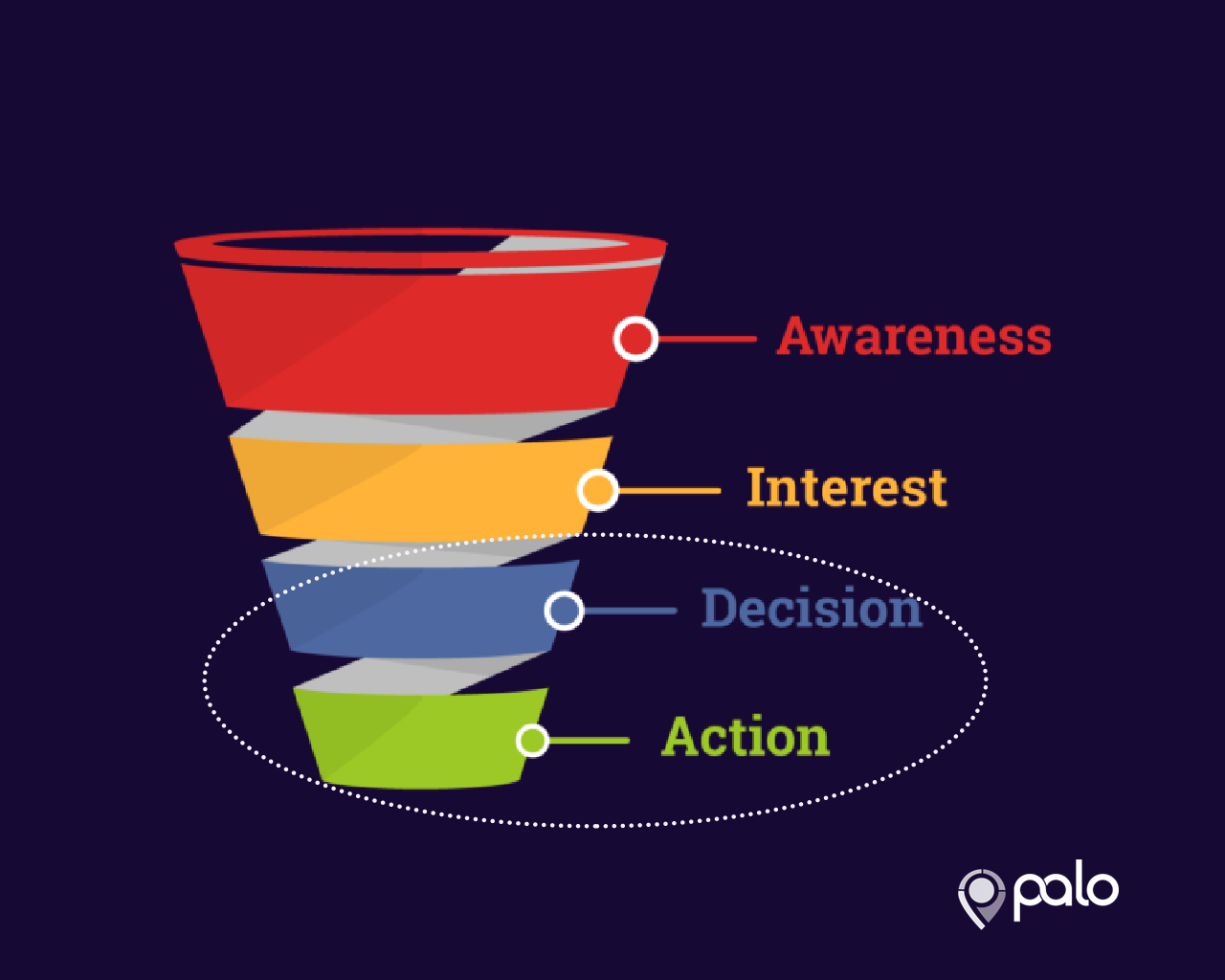
Scaling with Clients Through Rapport Building
There are three factors that contribute to customer retention with advertisers in the performance marketing space.
- Setting expectations
- Building rapport & trust
- Providing quality
These three steps go hand in hand with each other. They build off of each other in order to grow and nurture a successful campaign and relationship.
1. Setting expectations
Right out of the gate it is important to set expectations with your new client. It is easy to want to say we have the best calls and all the volume in the world, in order to get a campaign live.
In my experience that is the worst thing you can do and usually ends in premature pausing of the campaign. If you do have the best calls and the most volume, then hell, sell it, but I find it the best to start small and grow the campaign from there.

Sit down with your client and set campaign expectations.
Promising something and then not being able to back it up, usually turns into a pretty tough conversation with the advertiser.
2. Building rapport & trust
After setting expectations, building rapport comes into play. Connecting with your clients on a level deeper than just talking business is crucial in earning their trust and eventually earning their flexibility, which in return, turns into allowing creativity.
In the Pay Per Call space, you can drive an inbound call in many different ways — search, coreg, SMS, warm transfer, email, etc — but advertisers are not always interested in testing all of those methods.
They tend to stick with what they know (which usually is search) and do not want to stray from that. If you have a rapport with your client, you can flirt with traffic sources that the advertiser may have been closed off to before, because they trust you.

In pay per call space, building trust with your client is essential.
Meaning, there could be an opportunity to drive a lower CPA with one traffic source over another and if you don’t build the trust and rapport to have your advertiser be comfortable trying new traffic sources, you may never get the opportunity to discover that.
Creativity in Pay Per Call is crucial to separate yourself from the other agencies. Not only did you just introduce a new traffic source to your client, but you (potentially) lowered their overall CPA and now you look like a rock star on a couple of different fronts.
3. Proving quality
Finally, proving quality. I think this is what people focus on the most, which is smart, but sometimes quality is not always there right from the start.
Quality comes with time in some cases. If you do not have that rapport and trust and you did not set expectations right, and the quality isn’t there, you will get your campaign shut down. This could lead to you losing this client altogether.
Feedback from your client is crucial in order to optimize the campaign and if they know you are working to increase the quality of the calls, then your campaign will have longevity.
It is important to actually use the advertiser’s feedback and not just say you are. I know it may seem obvious..but a lot of agencies say they are optimizing the campaign, but aren’t really making any changes.

Use publisher feedback to improve your campaigns
Giving the feedback to your publishers and actually implementing the suggestions (within reason and if it makes sense to) can be what separates you from other agencies.
Things move very fast in the Pay Per Call world and you need to make sure you are ahead of the curve in order to stay current.
Our advertisers are getting pitched left and right and have an endless option of agencies they can work with, so taking these three steps can help you keep your clients and campaigns live for a longer period of time.
A case for attorneys
In the legal profession, like in any business, effective lead generation matters. Most law practices won’t get all their business from client referrals, so they have to rely on other methods of lead generation.
If you’re like most lawyers, you get your attorney leads from one of two sources:
- A lead form on your website. This works for a very small percentage of firms, mainly, those who already get enough site traffic that they don’t rely on the leads they get from this source in the first place.
- A list of leads, purchased from a third party who finds interested individuals and refers them to you.
One or both of these tactics may work for some or even most practices, but here’s the problem: you’re left with a list of leads, and there’s still work to be done.
First, you have to start prospecting. Depending on the information included on the lead forms, you have to decide, just by looking, which leads are more promising as potential clients.
Next, you have to spend the time calling these leads back. Remember, these aren’t yet paying clients. There’s no possibility of billing the time you spend on outbound calling, and there’s no guarantee a person will answer the phone, even when they’ve made the effort to request information to address their legal needs.
The leads that you don’t reach will eventually be resold, meaning that you’re essentially settling for a return on investment (ROI) of zero.
Buying lists of leads has been considered a “necessary evil” for legal marketing specialists, but not anymore.






